Williams Research Group
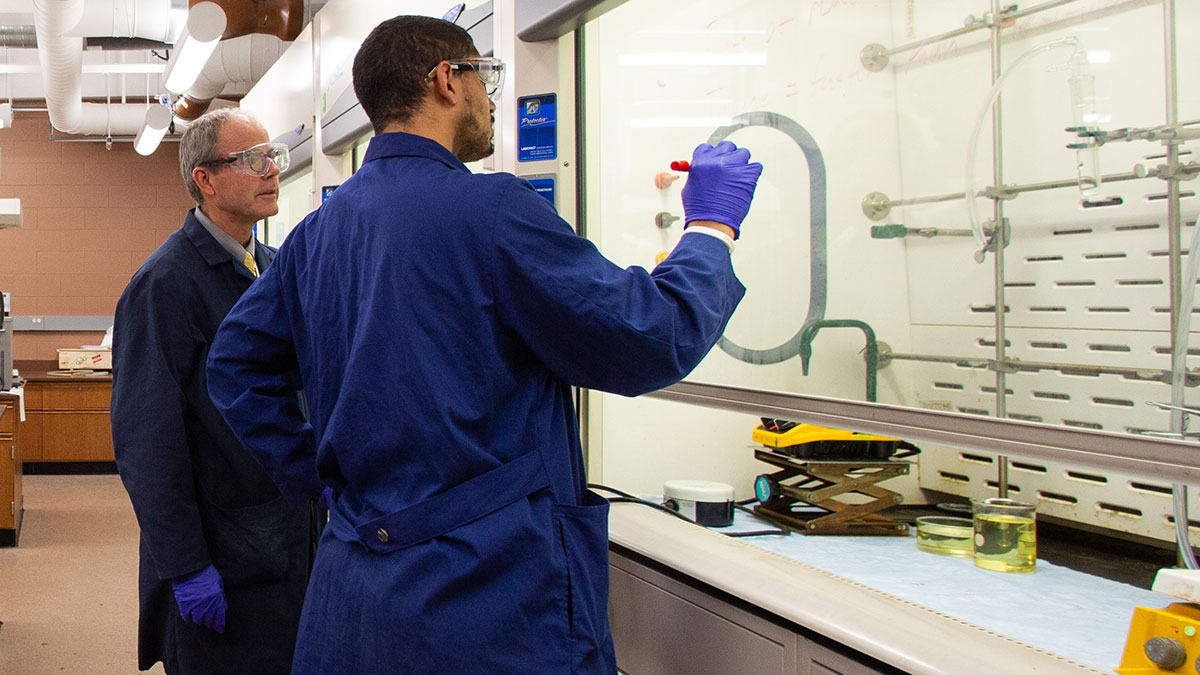
Williams Research Group
Contact
Scott Williams
Professor
585-475-3033
sawppr@rit.edu
Imagining new function in the design of accessible materials.
Dr. Scott Williams
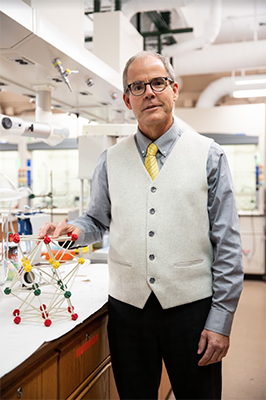 I love my current position as Professor of Inorganic Chemistry in the RIT School of Chemistry and Materials Science. My science journey began by earning a B.S. in Biochemistry from Purdue University, and a Ph.D. in Physical Chemistry from Montana State University. Upon graduation, I spent several years as a Laser Research Specialist at the Regional Laser and Biotechnology Laboratory housed within the University of Pennsylvania under the direction of Dr. Robin Hochstrasser. I have traveled quite the winding road. My first academic position was in the RIT School of Photography teaching Photographic Chemistry and Optics, then Director of Research and Development for a small company called Foto-wear, Inc. developing paper-based coatings for thermal transfer media and inventor on over 35 patented technologies. Then, out to the South Dakota School of Mines and Technology to take on Physical Chemistry teaching and research roles. Back to RIT, to the School of Print Media, teaching and research in the materials and processes used in commercial printing. I found new international colleagues and friends of IARIGAI. Then, about a decade ago, I walked across the Infinity Quad, to the School of Chemistry and Materials Science to focus on inorganic synthesis and functional materials. I am certainly home, but treasure the lessons learned on the road traveled.
I love my current position as Professor of Inorganic Chemistry in the RIT School of Chemistry and Materials Science. My science journey began by earning a B.S. in Biochemistry from Purdue University, and a Ph.D. in Physical Chemistry from Montana State University. Upon graduation, I spent several years as a Laser Research Specialist at the Regional Laser and Biotechnology Laboratory housed within the University of Pennsylvania under the direction of Dr. Robin Hochstrasser. I have traveled quite the winding road. My first academic position was in the RIT School of Photography teaching Photographic Chemistry and Optics, then Director of Research and Development for a small company called Foto-wear, Inc. developing paper-based coatings for thermal transfer media and inventor on over 35 patented technologies. Then, out to the South Dakota School of Mines and Technology to take on Physical Chemistry teaching and research roles. Back to RIT, to the School of Print Media, teaching and research in the materials and processes used in commercial printing. I found new international colleagues and friends of IARIGAI. Then, about a decade ago, I walked across the Infinity Quad, to the School of Chemistry and Materials Science to focus on inorganic synthesis and functional materials. I am certainly home, but treasure the lessons learned on the road traveled.
Seeking Undergraduate and Graduate Students
The Williams Research Group is seeking BS, MS and Ph.D. students who demonstrate a passion for learning about glass and ceramics chemistry and 3D Additive Manufacturing. As we continue to push the boundaries of knowledge in our field, we invite you to join us, and make a valuable contribution to our cutting-edge research. Do you have the following requirements and want to work in a dynamic and collaborative environment?
- Passion for glass or ceramics chemistry.
- Interest in gaining valuable cross-disciplinary science and engineering experience.
- Enthusiasm for learning and research.
- Commitment to being the best in the field.
If you meet these requirements, I encourage you to apply for a position in our lab.
Research Overview
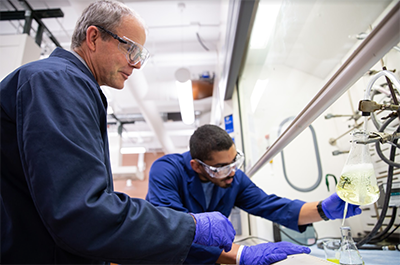 Our group synthesizes and formulates new materials for functional printed electronics and optics applications in collaboration with the RIT AMPrint Center. Particularly, we use novel synthetic approaches to develop printable "inks" that deposit conductive, semiconductive or resistive elements on a variety of form factors using production-scale print processes. Metal-oxide and metal organic decomposition systems (MOD) inks and structures are of particular interest. The Williams Group also uses metal oxide sol-gel techniques to develop printable coatings for optical and electronic elements used in sensor and actuator technologies.
Our group synthesizes and formulates new materials for functional printed electronics and optics applications in collaboration with the RIT AMPrint Center. Particularly, we use novel synthetic approaches to develop printable "inks" that deposit conductive, semiconductive or resistive elements on a variety of form factors using production-scale print processes. Metal-oxide and metal organic decomposition systems (MOD) inks and structures are of particular interest. The Williams Group also uses metal oxide sol-gel techniques to develop printable coatings for optical and electronic elements used in sensor and actuator technologies.
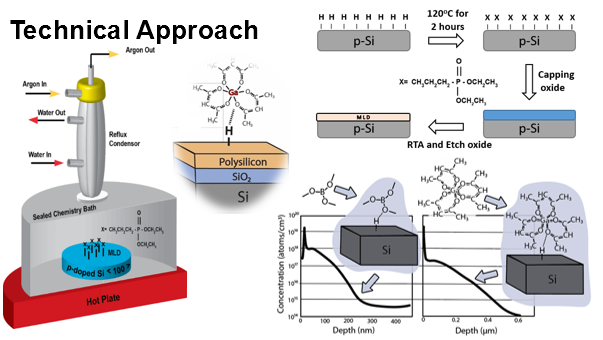
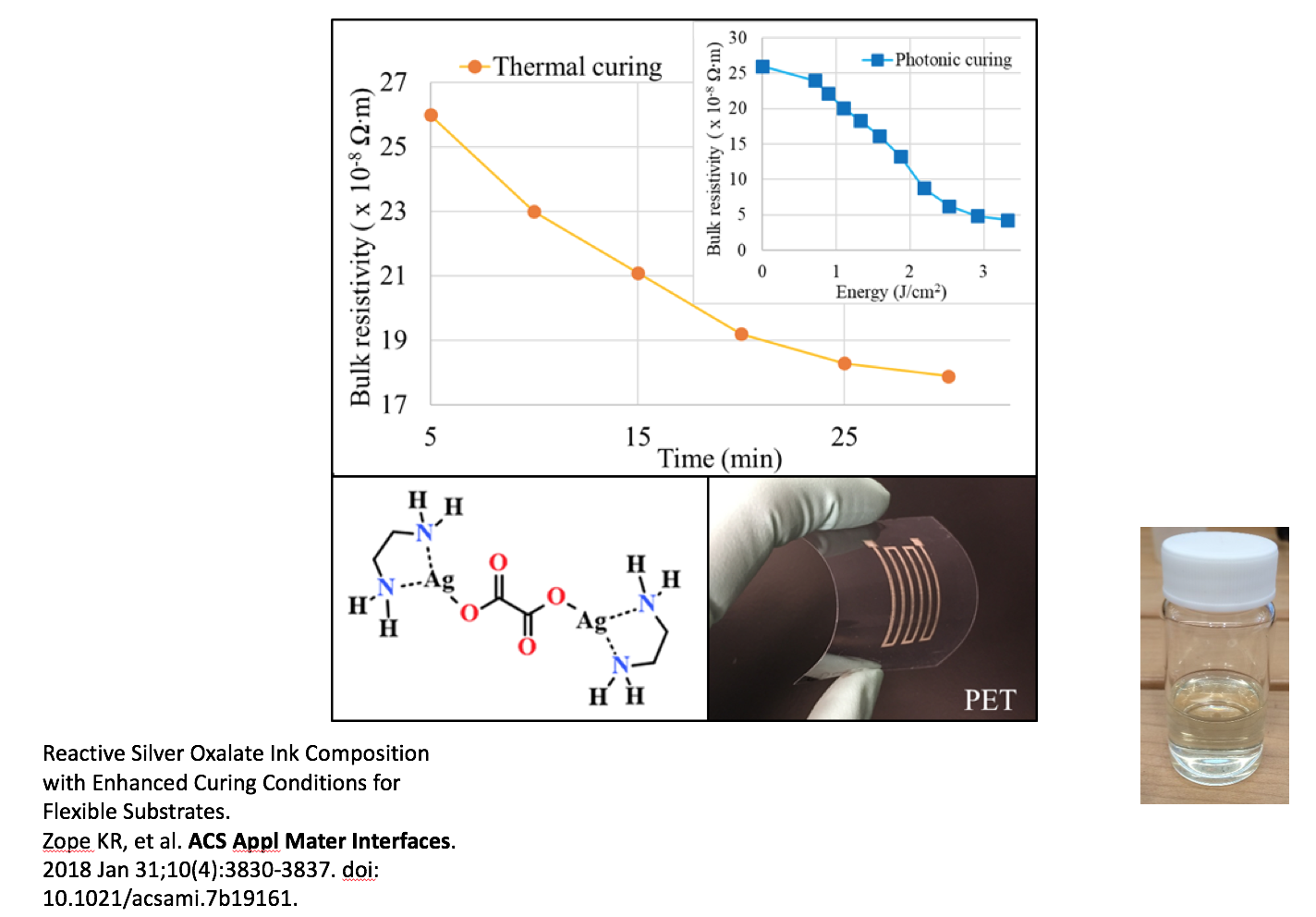

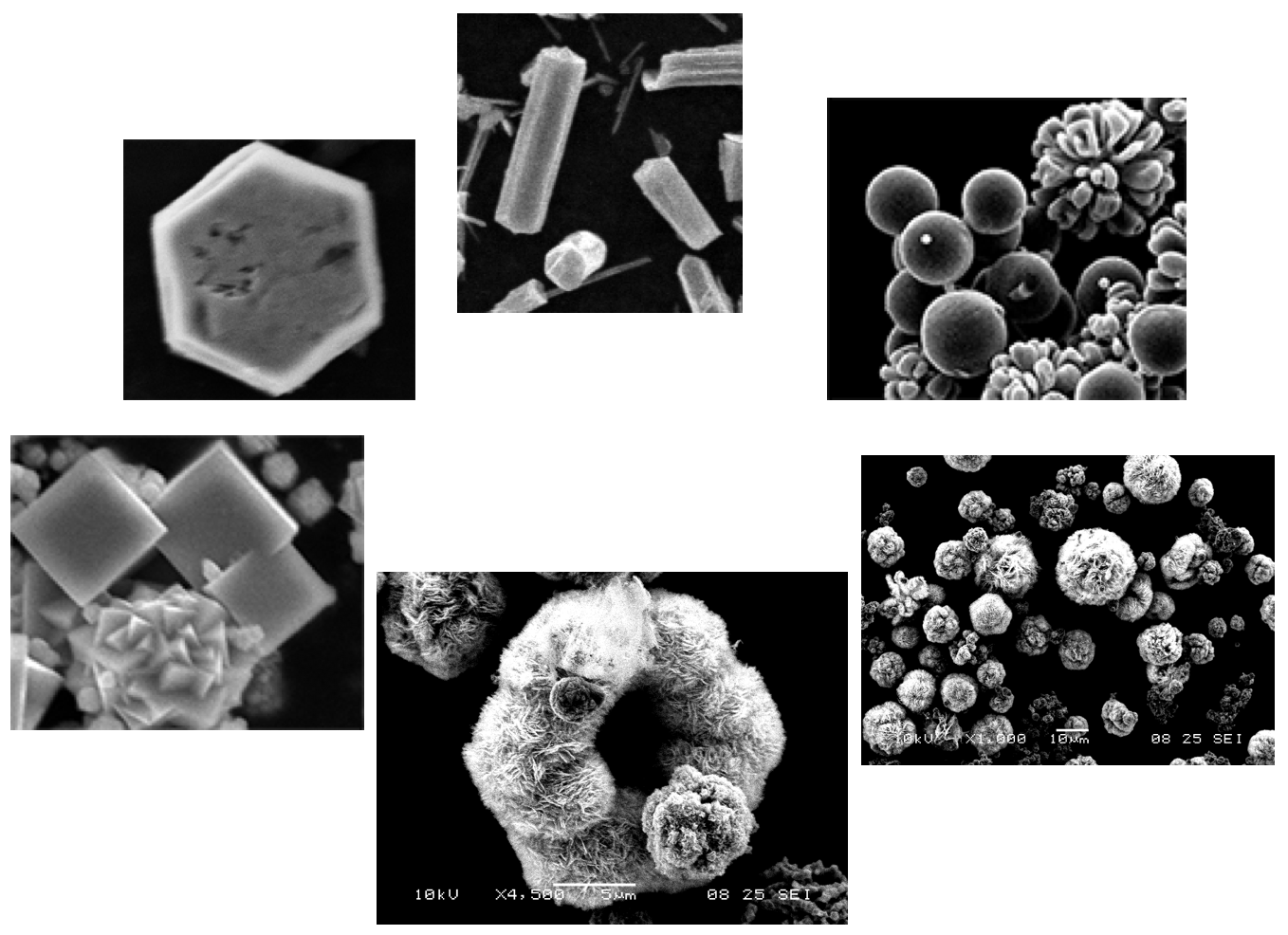
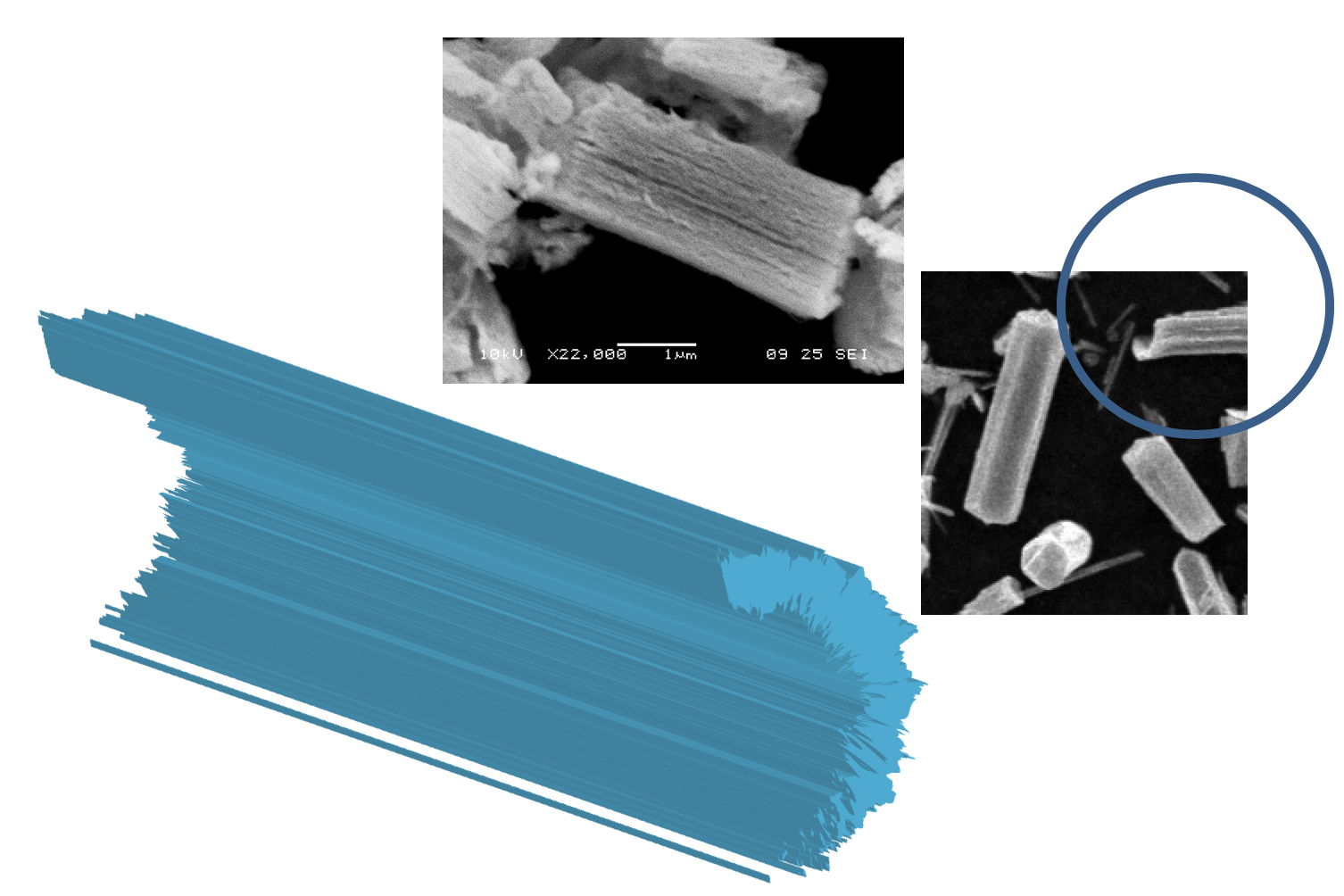
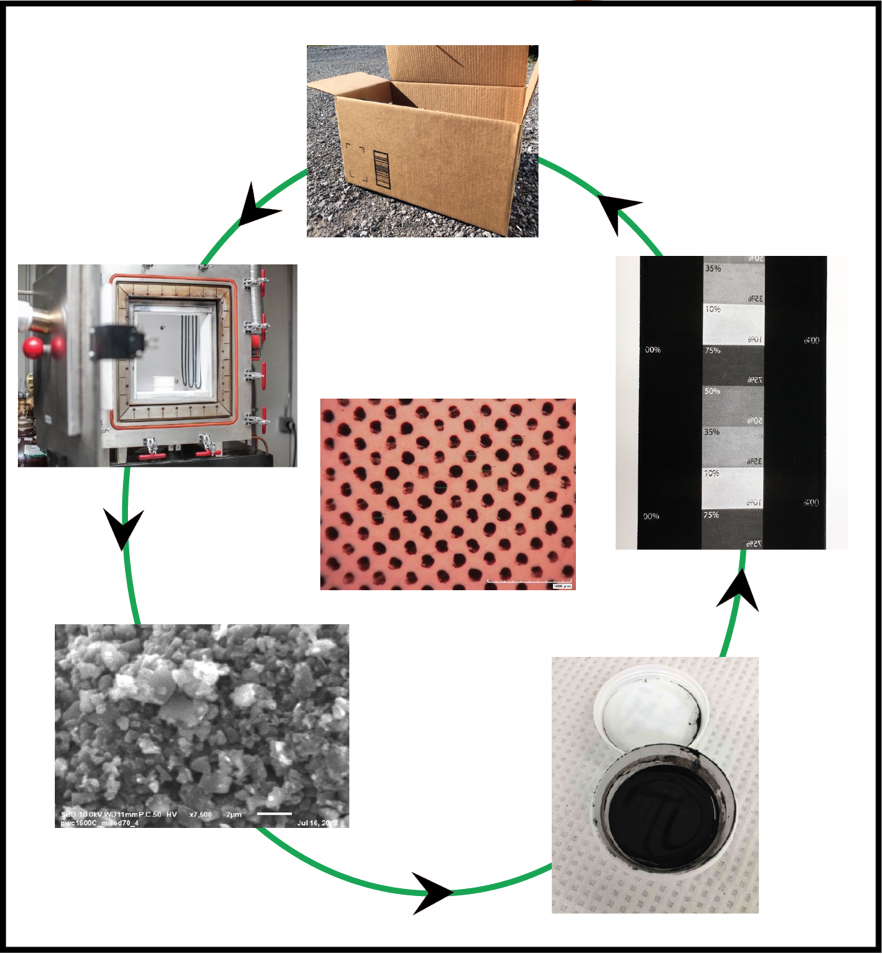
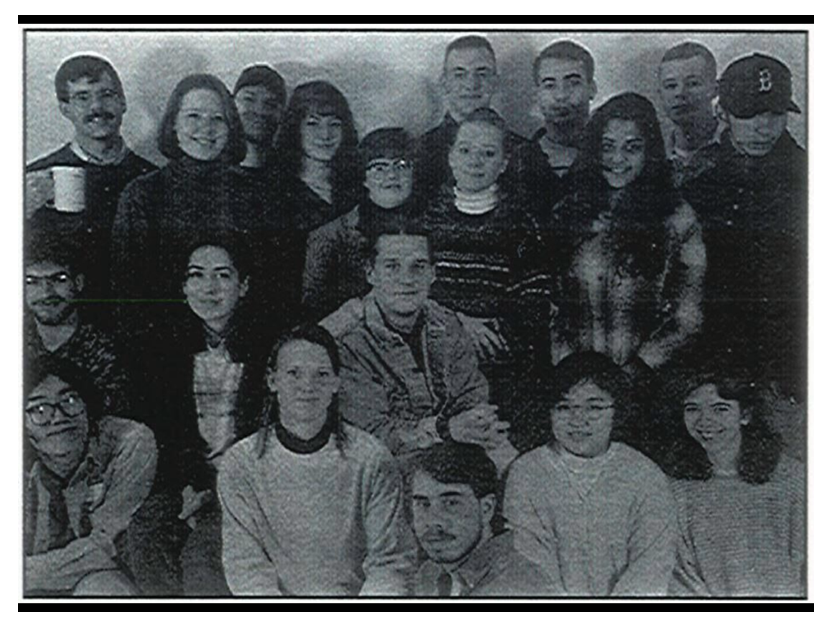
MS Degree Program
Materials Science and Engineering
The materials science master’s degree combines science, engineering, and sustainability to contribute solutions to challenges facing fields as diverse as energy, medicine, clothing, and sporting equipment. This unique, multidisciplinary program combines collaborative experiences from the Kate Gleason College of Engineering, Golisano Institute of Sustainability, and is housed within the College of Science.
Publications
C. Spaulding, A. Taylor, S. Williams, G. Packard, G. Curvacho, and S. Kurinec, "Introducing gallium in silicon and thin film polysilicon using self-assembled monolayer doping," Materials Letters, vol. 325, Oct 15, 2022, Art no. 132839, doi: 10.1016/j.matlet.2022.132839.
Y. Goh, S. Lauro, S. T. Barber, S. A. Williams, and T. A. Trabold, "Cleaner production of flexographic ink by substituting carbon black with biochar," Journal of Cleaner Production, vol. 324, Nov 2021, Art no. 129262, doi: 10.1016/j.jclepro.2021.129262.
G. Packard, C. Spaulding, A. Taylor, K. Hirschman, S. Williams, and S. Kurinec, "Selective phosphorus doping of polycrystalline silicon on glass using self-assembled monolayer doping (MLD) and flash anneal," Materials Letters, vol. 305, Dec 2021, Art no. 130780, doi: 10.1016/j.matlet.2021.130780.
A. Knowles, S. Williams, Z. Ninkov, R. Robinson, and S. Bhaskaran, "Incorporating quantum dots in a Magnesium Fluoride matrix to enable deep-UV sensitivity for standard silicon-based imaging detectors," in Micro- and Nanotechnology Sensors, Systems, and Applications XI Conference / SPIE Defense and Security Symposium, Baltimore, MD, Apr 14-18 2019, vol. 10982, in Proceedings of SPIE, 2019, doi: 10.1117/12.2517865. [Online]. Available: <Go to ISI>://WOS:000484733200059
C. G. Mahajan et al., "Magnetic Field Patterning of Nickel Nanowire Film Realized by Printed Precursor Inks," Materials, vol. 12, no. 6, Mar 2019, Art no. 928, doi: 10.3390/ma12060928.
Mahajan, C.G., et al. "Magnetic Field Patterning of Nickel Nanowire Film Realized by Printed Precursor Inks." Materials 12. 6 (2019): 1-12. Print.
Zope, K., D. Cormier, and S. Williams. "Reactive Silver Oxalate Ink Composition with Enhanced Curing Conditions for Flexible Substrates." ACS Applied Materials & Interfaces 10. 4 (2018): 3830-3837. Print.
Tapriya, A., et al. "Shallow Si N+P junction diodes realized via molecular monolayer doping." Microelectronic Engineering 193. (2018): 1-6. Print.




